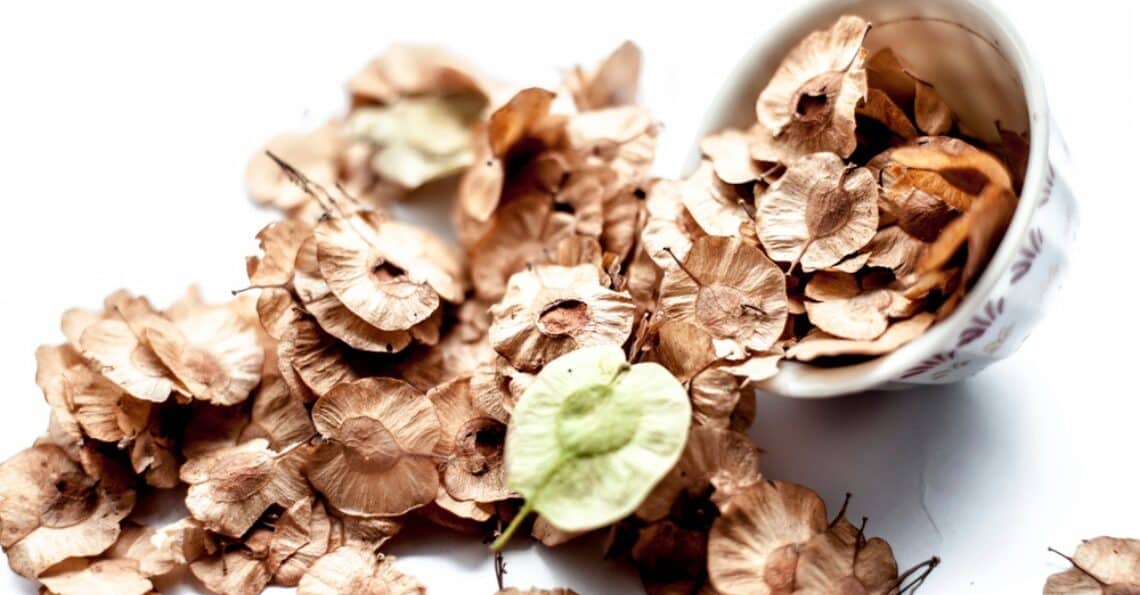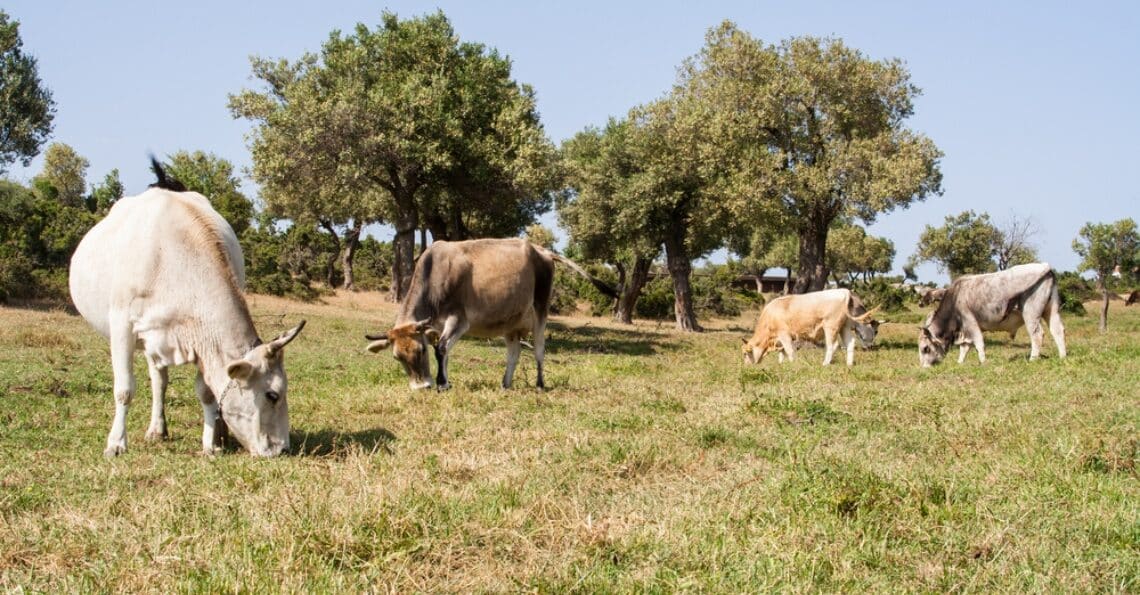How to Grow Sheesham Tree in India and Know its Benefits, Care & Uses
Save Earth Life2024-06-26T00:45:35+05:30Everybody knows about the Sheesham wood, its benefits, and how to use it for different purposes but do you ever wondered how the Sheesham tree is grown and how to take care of it? So, in this blog, we are going to highlight some important points about the shisham tree and how to grow Sheesham tree.
Being domesticated more than 3,000 years ago, Sheesham is one of the oldest crops. Other species of Sheesham are numerous, with the majority being native to sub-Saharan Africa where the other crops fail to grow but Sheesham thrives in drought-prone environments.
| Other Names | Indian rosewood, sisu, sisso, tahli, tali, irugudujava, Berardi |
|---|---|
| Scientific Name | Dalbergia sissoo |
| Plant family | Fabaceae |
| Grown in Region | Northern part of India, Africa, Afghanistan, Iran |
| Temperature to grow | Grows well in warm summers, and moderate rainfall |
| Maximum height of plant: | 80 – 100 feet |
| Flowering Season | September – December |
| Flower color: | White to pink |
| Popular as | The state tree of Punjab, Indian rosewood, green paradise, penny leaf tree |
Table of Contents
ToggleAbout Sheesham Tree
Sheesham tree is a popular Indian subcontinent tree known as Indian rosewood. India is the largest producer of shisham trees. It is mainly grown in Punjab, Rajasthan, Haryana, Uttar Pradesh, Bihar, and Nepal. Sheesham are grown in February and flower in September. It takes about 15 years to be fully grown up of height 80- 100 feet.
Sheesham is a giant tree with a hard trunk that grows well in warm summers. Shisham Tree is famous for the type of wood it produces which is used for various purposes. The leaves are dark green in color which provides shade and food to cattle. The Sheesham tree is also a part of many households where their height is maintained by the gardener.
Benefits of Sheesham Tree
Sheesham tree is said to be one of the first crops to have been cultivated. Sheesham trees are raised in India for a variety of purposes. shisham tree provides us with medicinal, food, and with wooden uses. Let us discuss some of the most important uses of the shisham tree.
1. Wooden Uses of Sheesham Tree –

- Shisham tree is resistant to decay so it is used for wooden furniture and engraving items in India.
- Sheesham trees are used for making shelves in homes and offices, as the wood never breaks into parts. It is also used for making kitchenware products.
- Shisham tree wood is resistant to termites and beetle
- Shisham tree shines with bright wooden color when polished and has smooth and soft ends.
- Sheesham tree wood is also used for cooking and heating food, carrying packages, and cargo, and also in shipment.
- The wood from the root of the shisham tree is used for making tobacco pipes.
2. Medicinal Uses of Sheesham Tree –

- Protein, magnesium, potassium, vitamins B and E, calcium, and other nutrients can all be found in the Sheesham plant's "super seed," which is high in energy and vitamins.
- Further more, these seeds' iron, copper, zinc, and vitamin b6 content encourages the production of thyroid hormones and promotes thyroid function.
- Phytosterols and lignans, which are plant-based substances that can decrease cholesterol, are found in Sheesham seeds.
- Sheesham seeds' antibacterial properties have been shown to combat common skin fungi like athlete's foot, staph infections, and strep throat.
- They also contain a lot of copper, which supports the production of red blood cells and the functioning of your immune system.
- Manganese and calcium, which both support the development of healthy, strong bones, are abundant in Sheesham seeds.
3. Economic Benefits of Sheesham Tree –

- The extracts from the fruit of the Sheesham tree are used for killing pesticides and insecticides.
- In some places in India, the juice extracted from the plant leaves and the trunk is used as a substance in plastering the walls.
- The tree is also planted to provide shade to the small plants and cattle who breed and sleep in the shaded area of the tree.
- It is widely used as fodder for animals and cattle.
How to Grow Sheesham Tree?
Sheesham tree is easy to grow and requires very little care once the plant starts to mature. It is a particularly appealing crop for gardeners who struggle with heat or drought during the summer. Some important points to remember for the shisham tree are:
Points to remember
- Grow the plant in bright sunlight.
- Water the plant only when the upper layer of soil appears to be dry or once a week or so.
- The soil must be fertile and well-drained to grow the Sheesham tree.
- Temperatures between 68 and 75 degrees are ideal for the germination of Sheesham seeds.
- Feed the plant with an organic fertilizer in the growing season.
Steps to Grow Sheesham Tree
Step 1:
The plant can be grown through seed or through saplings. It is more advised to grow the shisham tree with small saplings.
Step 2:
Buy a small & healthy sapling from the nearest vendor or shop.
Step 3:
Choose a place where enough sunlight and space are available. The small sapling needs little sunlight but the fully-grown Sheesham tree can grow in full sunlight.
Step 4:
Take the sapling out of the plastic and place it in the soil 4-5 inches below the soil such that the roots are fully inside the soil.
Step 5:
Elevate the soil above ground level in a circle.
Step 6:
Water the plant enough in the early stage of the shisham tree. Always remember to look after the plant so that the soil does not dry.
Step 7:
Provide some organic manure with a mixture of cow dung, tea leaves, and Aloe Vera to flourish the plant.
How to Take Care of Sheesham Tree?
Sheesham plant rarely requires care when they are fully grown up but need care when they are small. Some steps to follow to take care of your shisham tree are:
- Fertilizing the plant every 3- 5 months during its growth period will be enough.
- Citrus fertilizers are the best for growing the Sheesham Tree.
- Use the neem-oil solution to keep the insects and pests away.
- The trees require regular pruning as it can make it difficult for other plants to grow.
Summary
- Sheesham is one of the oldest crops
- India is the largest producer of Sheesham trees
- It takes about 15 years to be fully grown up of height 80- 100 feet.
- Sheesham tree provides us with medicinal, food, and with wooden uses
- Shisham tree are used for making shelves in homes and offices, as the wood never breaks into parts. It is also used for making kitchenware products.
- Sheesham seeds' antibacterial properties have been shown to combat common skin fungi like athlete's foot, staph infections, and strep throat.
- It is widely used as fodder for animals and cattle.
- It is a particularly appealing crop for gardeners who struggle with heat or drought during the summer.










Comment (1)
I think this web site has some really good information for everyone : D.
Comments are closed.